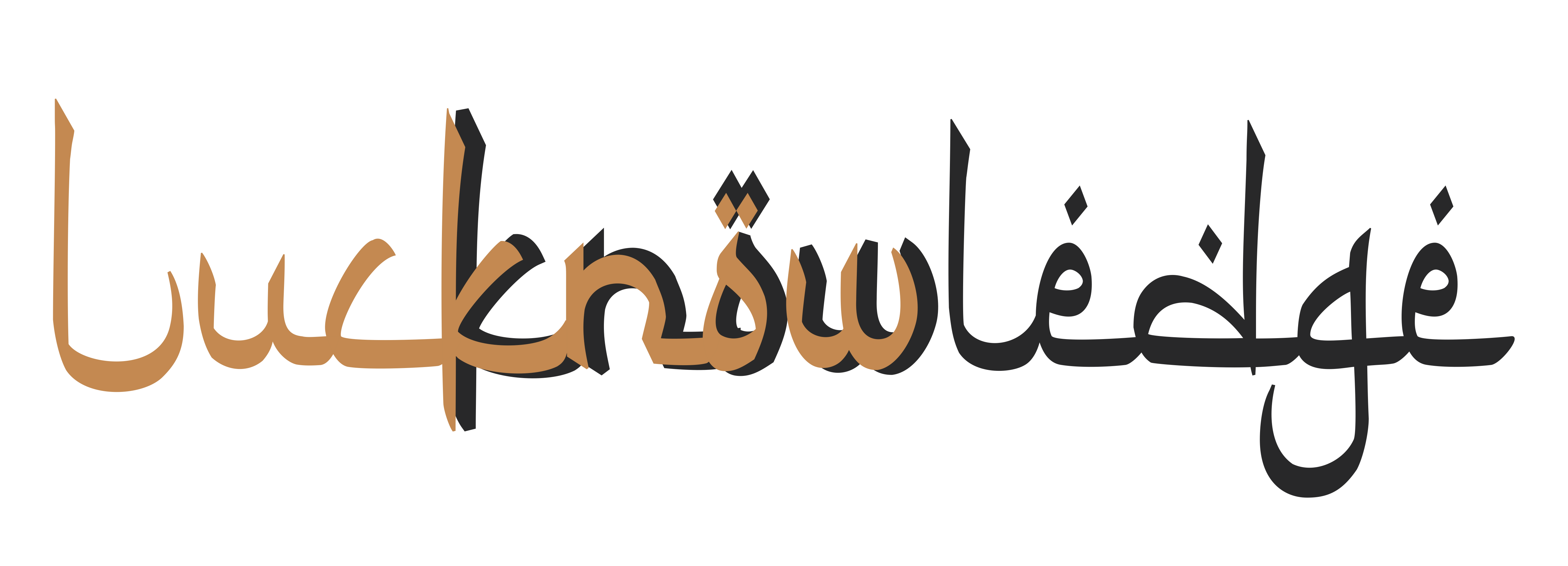Volume: 17, No: 07 ; July-2023
Sheermal is the go-to flatbread for iftar during Ramadan, and it’s probably why it’s most popular in Muslim-populated areas.
It’s believed to have come from Persia and made its way to India, Pakistan, and Afghanistan via Silk Street. Some say it was created as a result of an experiment by a local baker named Mahmood, who’s also known for his invention of Nihari.
The Mughals brought it with them when they visited India, and they used it to fill Galouti-style kebabs for the toothless ruler of Lucknow. It’s made of all-purpose flour with saffron and is softened with milk. It has a delicate taste and pairs perfectly with fiery Nihari or Salan.
Different Indian cities have their own unique forms of Sheermal, and it is most commonly found in the older regions. In India, Sheermal is traditionally rounded, with saffron strings, but in Bhopal it is rectangular in shape. Buffalo milk, a natural sweetener, is used to prepare a gentler dough form for Sheermal. Some chefs add kewra to it, and cloves are also used in Bhopal.
Lucknow is also home to Sheermal Wali Gali, which was set up amid the rule of the Nawabs and is an entire street filled with bakeries that let out the smell of freshly baked bread. The road is additionally home to other sorts of flatbread like naan, baqar khani and taftan. There’s a Persian saying which goes, “Nan-e-Lucknow, shireen ast”. It interprets to “Lucknow’s Sheermal is the sweetest bread”.
Kinds of Sheermal…
Sheermal Gali is a Sheermal pardise, home to a variety of flavors, shapes as well as sizes. Some of the varieties you will find there are:
The most popular Sheermal is the slightly sweetened Everyday Sheermal, which is the most basic Sheermal available.
Baqar khani Sheermal: This is your everyday Sheermal in XL size. This Sheermal has a diameter of 10 inch or more. Saffron Sheermal is commonly used in marriages.
Hazri Sheermal: The thinnest variety available, this is mostly used as giveaways during Muharram.
The Sheermal of Zafrani is the most potent of the Sheermals, with a mild saffron flavor and a pale to dark yellow color. It is an ideal addition to kebabs.
Sheermal is a traditional Indian bread that can be customized to one’s liking, with the addition of color, saffron, and size.
Nowadays, it is baked commercially, and various recipes have been developed in various parts of India. In some cases, baking soda is used as a leavened to make the bread tenderer. Despite the inclusion of ingredients that were not included in the original recipe, such as baking soda and cardamom, and the addition of other spices, Sheermal remains a nostalgic reminder of the noble days of the Nawabs.
Ali Hussain Sheermal is known for being Lucknow’s oldest Sheermal shop. It started as ‘Mohammadu’s Jaanashin’ in the year 1830. Today, the shop is managed by the 6th-generation of this family, and the workers have been associated with it for generations.
According to legend, during the reign of the Nawab of Lucknow (Nasiruddin Haider), a man named Mahmood opened a small restaurant at the foot of the Mahal. It was here that Nihari became the star of the show. He apparently cooked a new version of paratha along with Nihari and it came to be called Sheermal. The head chef at the time was Ali Hussain who later established his own stall. From that moment on, Sheermal became an integral part of the city’s life.
LUCKNOWLEDGE is an initiative by Tornos. We do not intend to intrude your privacy and thus have an automated UNSUBSCRIBE system. At any point you may unsubscribe to our e-column or subscribe to it again through a link on our website. The above article is shared and in no way intends to violate any copy right or intellectual rights that always remains with the writer/publisher. This e-column is a platform to share an article/event/update with the netizens and educate them about Destination Lucknow.




